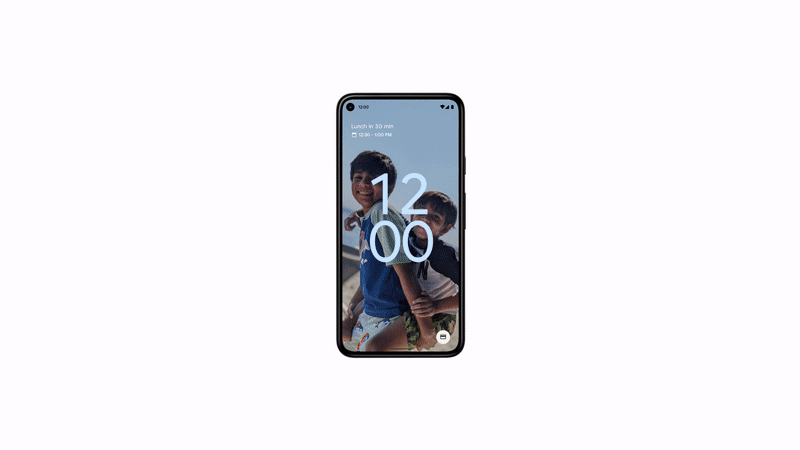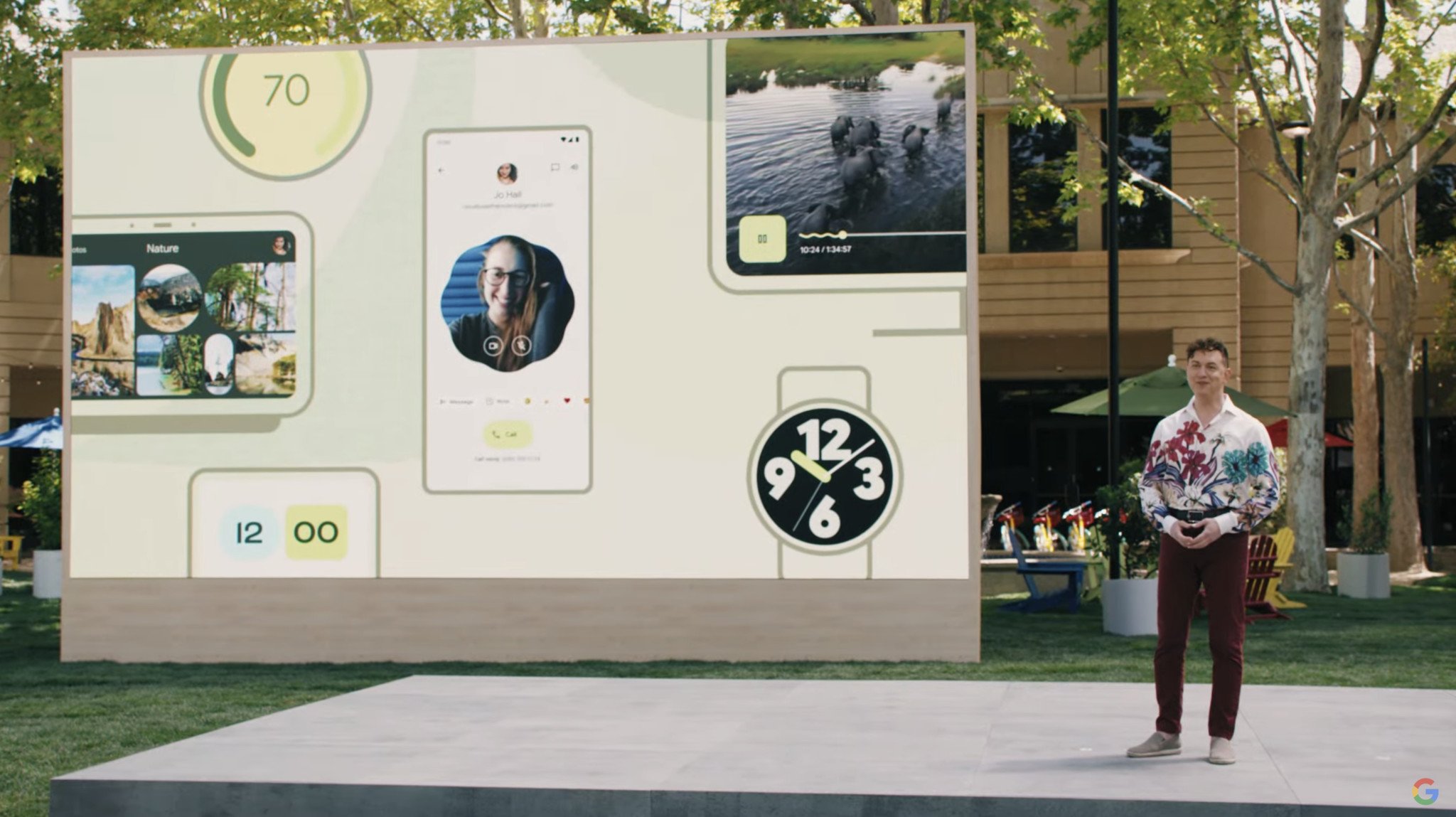Whether you love the look or hate it, Material You is Google's way to make its Pixel phones stand out.
We'll soon see a sixth year of Google building its own phones under the Pixel brand. Pixel 6 leaks and rumors look really interesting, and if even half of them turn out to be correct, we should see a heck of a phone when it comes to the market this fall. But hardware is only half the equation; if you're Google, it's even less than half.
Google is and always has been a software company. Most of the services Google produces are applications and software that people love, even though there are plenty of other things about the company that we love a lot less. Google has been under fire lately over privacy issues, but it's worth remembering that Google has never hidden how it makes its money. We agreed to give our details away in exchange for services like Android, Google Photos, or Chrome because they really are that good.
We'll talk more about privacy concerns and controversies in the future because both matter, but right now, let's have a look at Android 12. Android 12 brings some pretty big changes under the hood that make it more secure, protect our private data, and give us more control over it all. But the elephant in the room is, of course, the bold redesign that Google is calling Material You.
You may love what you see in Material You, or you may hate it. You'll probably love or hate it even more once you actually get a chance to see the final changes on actual phones when Android 12 finally launches this fall. Personally, I'm not feeling it, but I like things to be very clean and simple, which puts me in the minority. That's important — not the part about what I like, but the part that says I'm in the minority. Most people seem to like what they've seen so far.
Samsung's version of Android 12 will look like Samsung's version of Android 11.
Another important thing is that you're not going to see anything at all like Google showed us at I/O 2021 on the vast majority of Android phones when Android 12 rolls out. Companies like Samsung and Xiaomi (along with other popular Chinese brands) are the companies that sell almost every Android phone, and they have their own look and feel that won't be abandoned.
I'm essentially saying that the Material You that we've been shown so far will only live on Google's Pixel line and other phones that follow Google's lead when it comes to "stock" Android. The most striking bit of Material You — the system colors being pulled from your wallpaper and used in all your Google apps and widgets — is Pixel-exclusive at launch, and we have no idea when even other "stock" Android phones might see it.
Here's where things get really interesting. Material You and the new Android 12 UI look a lot like what Samsung gives us with its current version of One UI. At least on the surface, anyway. There is no one-to-one comparison, but the general look with large UI components, colorful controls, customizability, and readability are things that Samsung has been doing for well over a year, and people absolutely love it.
Yes, I'm saying that Google is trying to make the Pixel phone interface look and act more like Samsung's. Fight me.

I think Google is doing this because it finally cares about selling Pixel phones. That doesn't mean the company didn't care before, but now there is a strong push to make the Pixel line sell well enough to at least try to turn a profit. The Pixel 6 is going to try and compete in a way that the previous Pixel phones never did with Pixel-only features like free "high-quality" photo storage in Google Photos, deep integration with your smart home, the best camera on any phone, and now a user interface that will appeal to more people.
Google isn't satisfied unless it is at the top.
Google is all about finding a way to grab the market by its nether regions and claw its way to the top of it. We've seen it from the company's inception — Google Search changed the way we all use the internet. Chrome and its success was a direct response to the question of how Google could take on Microsoft and Internet Explorer. Chromebooks were Google's response to those cheap netbooks we all loved to hate on. If Google is going to make a smartphone, it has plans to make the best-selling smartphone.

This doesn't mean Google will be successful. A lot depends on how Google will leverage its own silicon and new smartphone SoC debuting inside the Pixel 6 — yes, I'm certain that's going to happen. The Pixel 5 showed that Google could make a phone that is satisfying to use even on mid-range silicon, but it used an off-the-shelf SoC from Qualcomm. With its own chip, Google can create the perfect Android smartphone platform to rival the best Android phones today.
The Pixel 6's hardware is still a question mark — it may be terrible. But on the software side, Google is poised to take the Pixel 6 mainstream across North America, Europe, and Japan. It could be a huge success, or it could backfire, but at least Google would be showing up for the fight.
Try Android 12 today
Google Pixel 5
$699 at Amazon $650 at Best Buy $699 at B&H
Ready to take the best pictures ever?
The Pixel 5 is one of the best phones on the market today, especially from a photography and software perspective. With a dual-camera setup that partners perfectly with Google's algorithmic processing prowess, the Pixel is perfect for shutterbugs and for bleeding-edge beta testers. As part of the Android 12 Open Beta, you can also try out the latest Android features on the Pixel 5 before they arrive for everyone else this fall.





0 Commentaires